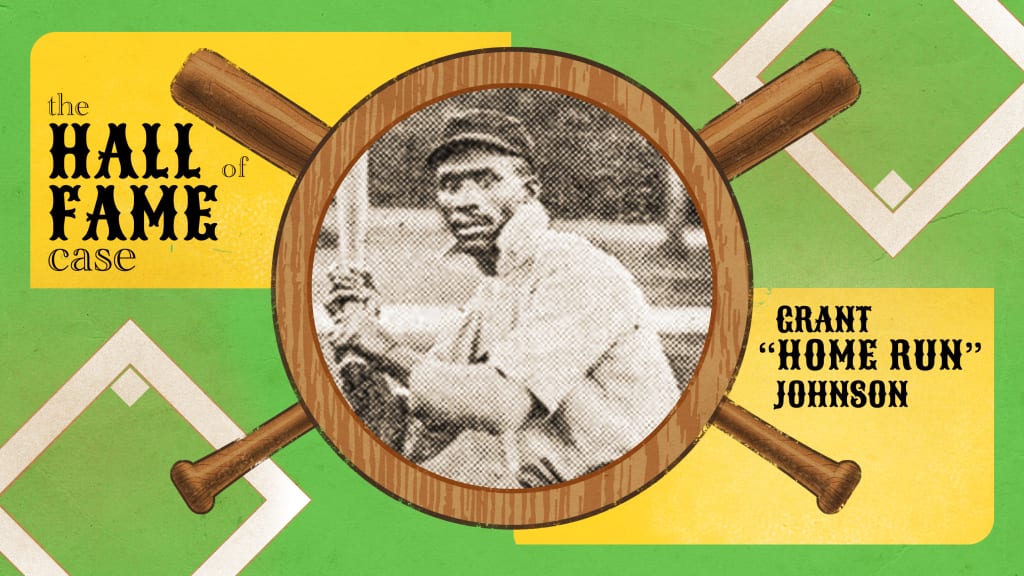
On Dec. 5, the Hall of Fame’s Early Baseball Era Committee (pre-1950) and Golden Days Era Committee (1950-69) will meet to vote on 10-player ballots, with the results announced live on MLB Network that night at 6 p.m. ET. We're here to offer a primer on the 20 players who are up for consideration. Click here to view the other posts.
Player: Grant “Home Run” Johnson
Years: 1895-1914
Career stats
Negro Leagues: .335/.402/.455, 192 G, 252 H, 8 HR, 118 RBIs, 23 SB
Latin Leagues: .287/.392/.345, 190 G, 195 H, 6 HR, 105 RBIs, 46 SB
At the turn of the century, Grant “Home Run” Johnson had already established himself as on of the best players in the Negro and Latin Leagues. In a career that spanned across three decades -- or five depending on who you ask -- Johnson was one of the game’s most feared and patient hitters and one of the best to never play for a Major League team.
Findlay’s Finest
In the heart of the Dead Ball Era, Home Run Johnson was one of baseball’s best sluggers. While his 14 recorded home runs seem low, the actual tally is likely much larger. Playing for his hometown Findlay Sluggers in 1894, Johnson reportedly slugged 60 in a single season, earning him his legendary nickname.
Following his departure from the Sluggers, Johnson joined the newly-formed Page Fence Giants, and played with them until 1898. He led the team to a Black baseball championship in 1896 and even played in a series against the Cincinnati Reds in 1895. In his final year with the Giants, Johnson reportedly swatted 30 home runs and led the team to a 107-10 record.
A Born Leader
Even early in his career, Johnson found himself in a leadership role at almost every stop. At 22, he was at the helm for the Page Fence Giants. He was both a player and manager for the Chicago Columbia Giants, Brooklyn Royal Giants and Lincoln Giants before the twilight of his career. In 1915, Johnson managed the Pittsburgh Colored Stars, who, despite the name, were based in Buffalo, N.Y. It was in Buffalo where Johnson finally hung up the spikes, but still reportedly made appearances for the Stars and other semipro clubs as late as 1931.
